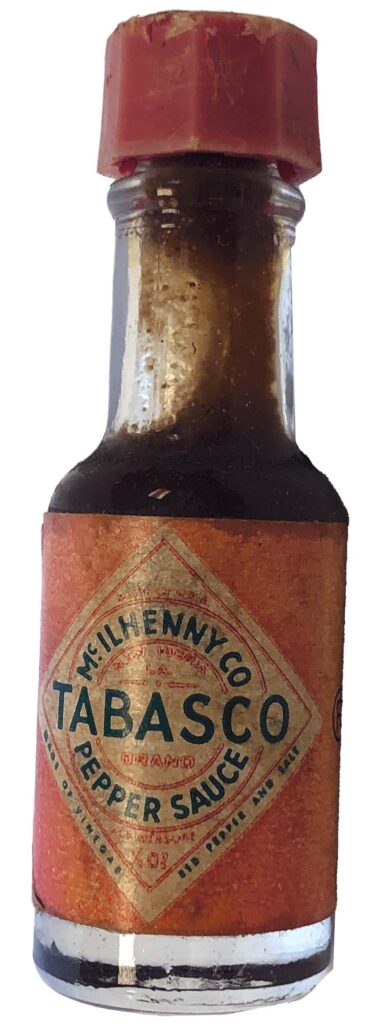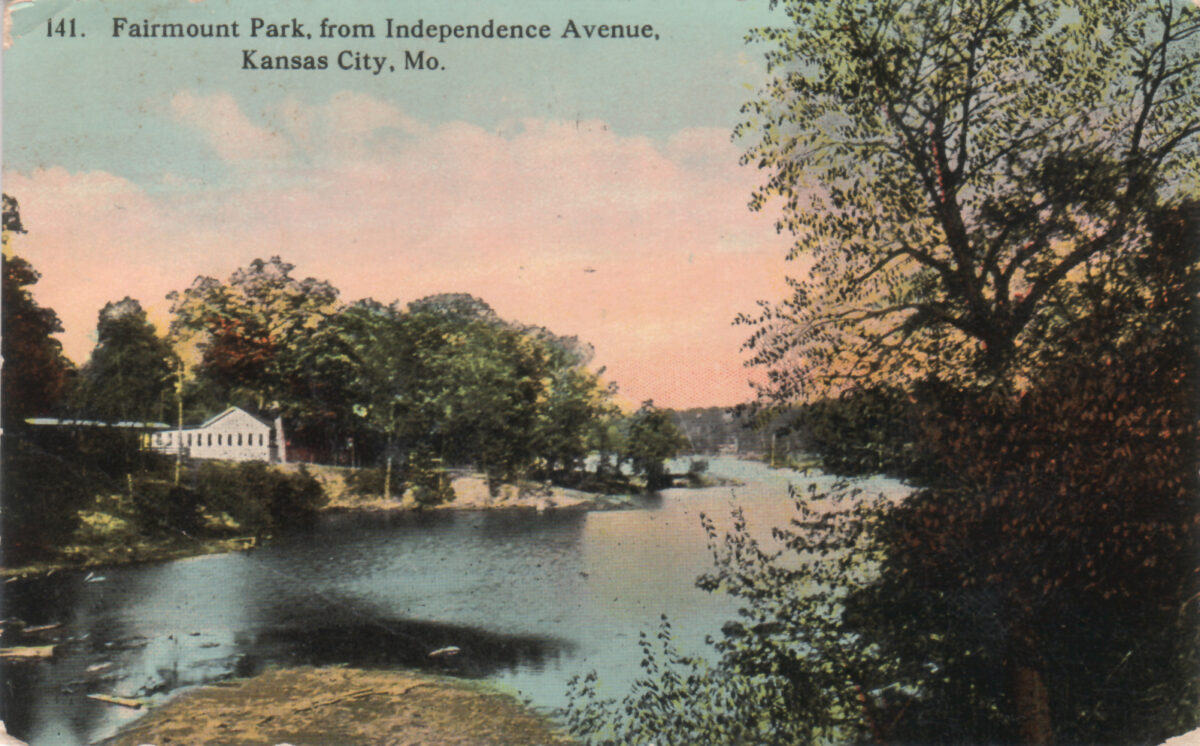
Dorri Partain
Contributor
Whether you only use a few drops or a tablespoon or two, Tabasco pepper sauce will add spice and flavor to any dish.
First bottled by Edmund McIlhenny (1815-1890) in 1868, Tabasco is used as an ingredient, not just by home chefs, but major food companies around the world. While production has multiplied since McIlhenry produced the first batch, bottling it in repurposed perfume bottles, the process has remained the same.
Only one type of pepper (Capsicum frutescens) is used, and is picked by hand, with the pickers using a small red-painted stick to compare each for perfect ripeness. The original pepper fields and factory are located on Avery Island, south of New Iberia, Louisiana.
On the same day the peppers are picked, they are ground into a mash and placed into white oak barrels once used to produce whiskey. The barrels have been re-charred to remove any whiskey residue. Then the barrels are warehoused for up to three years before the contents are strained to remove seeds and skins. The remainder is seasoned with salt and blended with vinegar, then aged for an additional month before being bottled and labeled.
While McIlhenny is not considered to be the creator of pepper sauce, he was the first to patent and market the sauce in 1870. Following his death, his sons John and Edward continued the business, and expanded production and availability.
Originally only available in 2-ounce bottles, Tabasco is now offered in various amounts, from gallon jugs to tiny one-eighth-ounce bottles (as shown). Originally produced for the military for inclusion in their MREs (meals-ready-to-eat), the tiny bottles were later packaged for restaurants, sometimes marked with the logo or name of the establishment. Taken as a souvenir, this bottle has never been opened.
Today, Tabasco sauce offers nine varieties of flavors and hotness. The company is still owned and operated by descendants of Edmund McIlhenny.


















